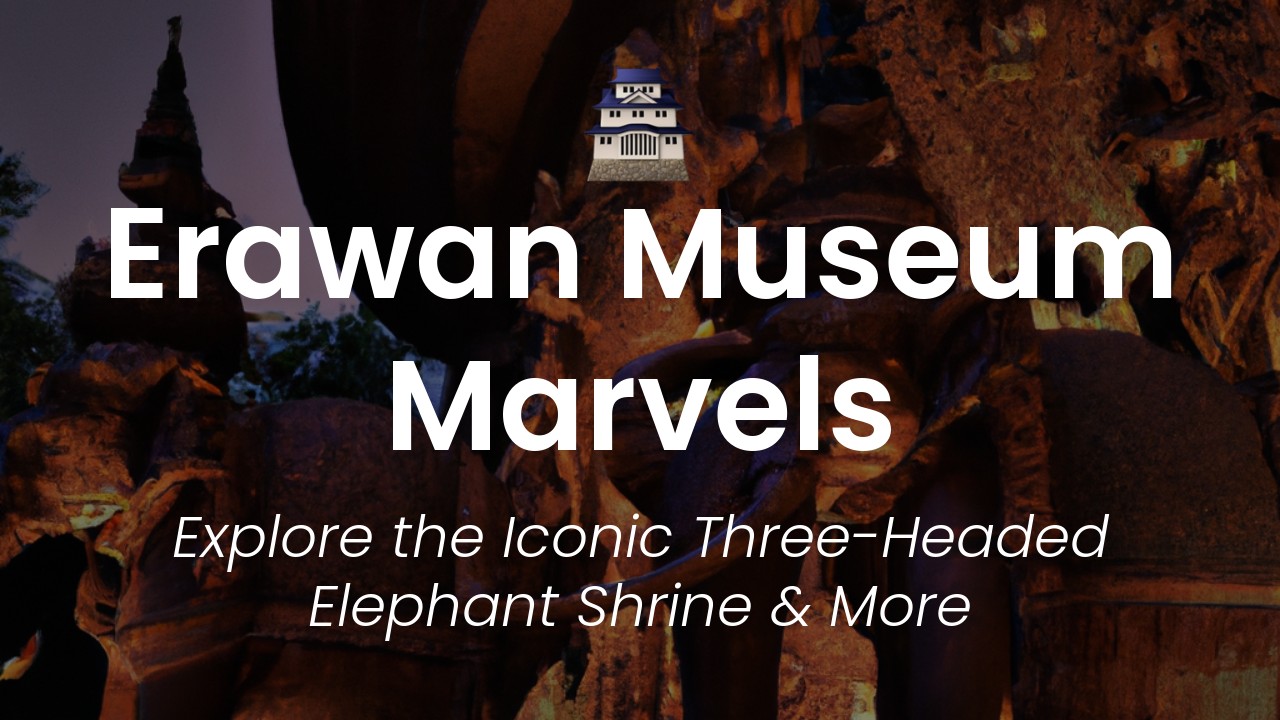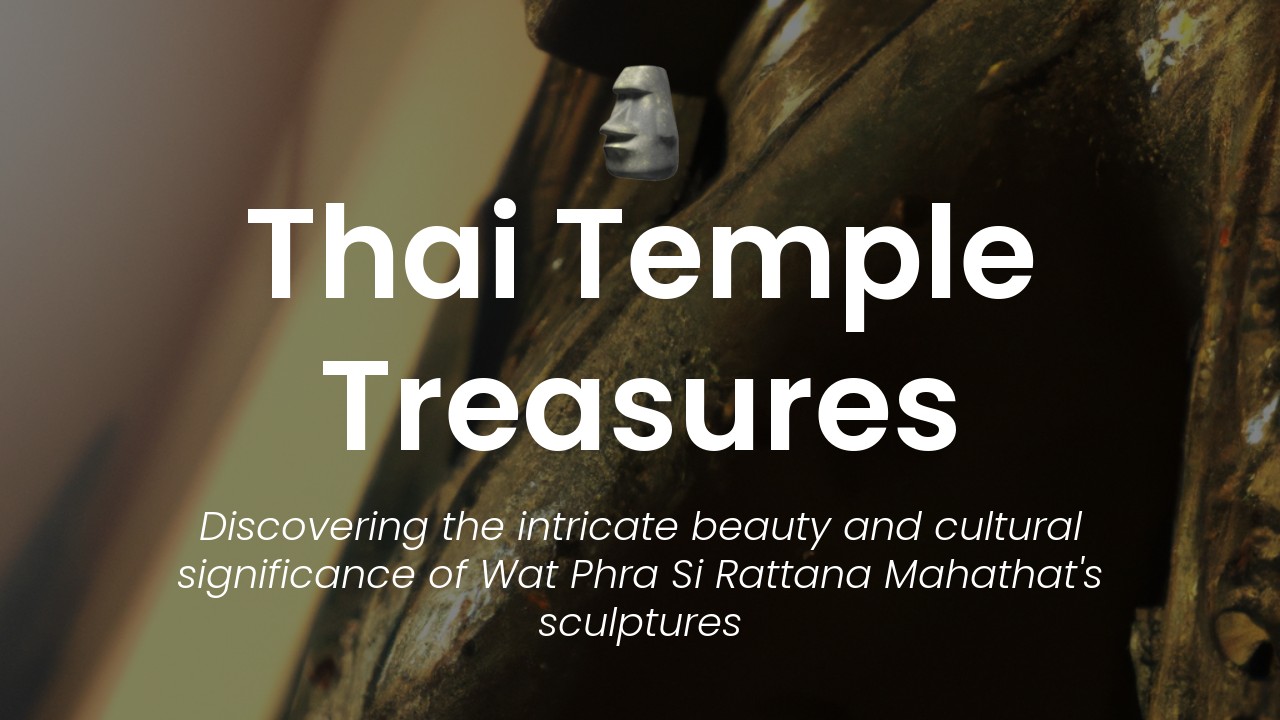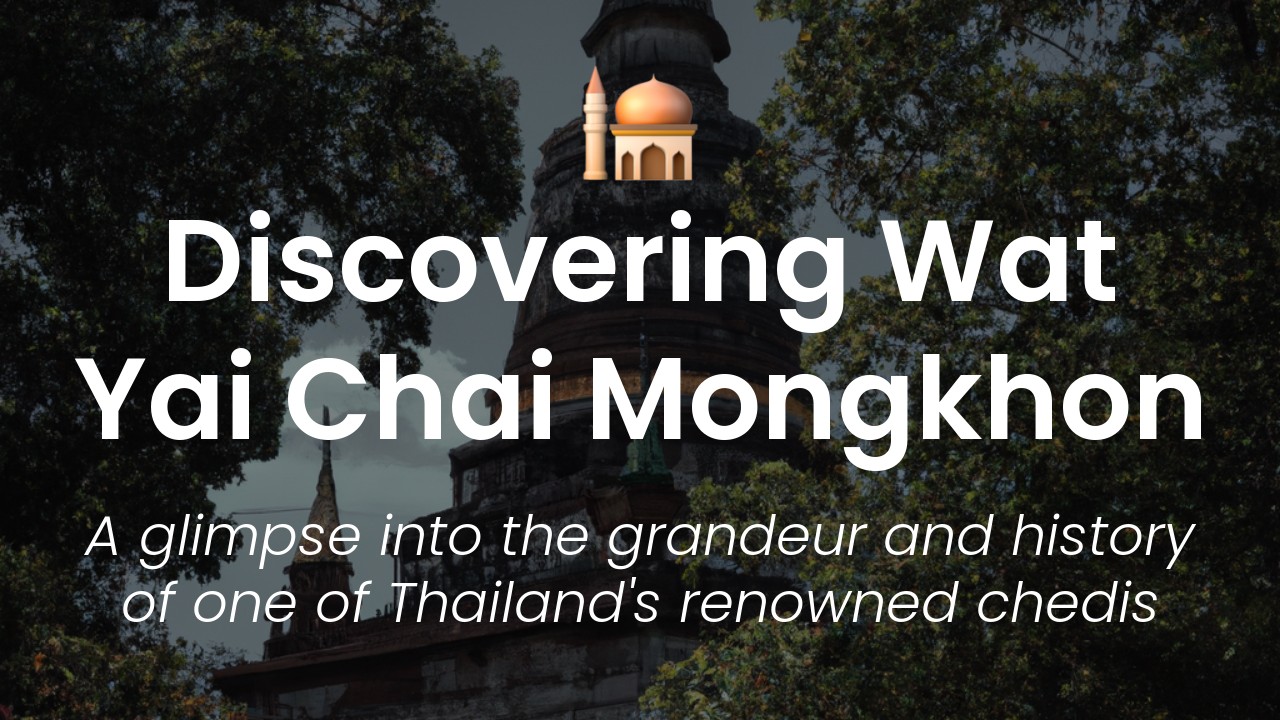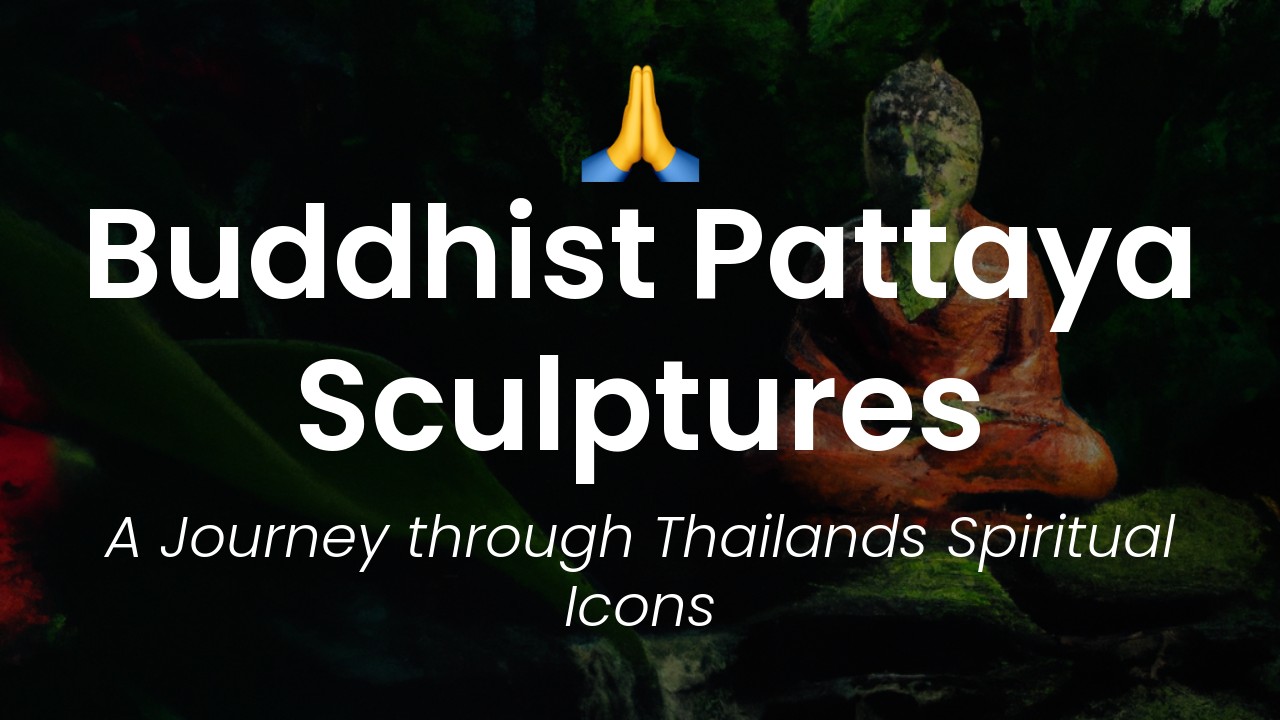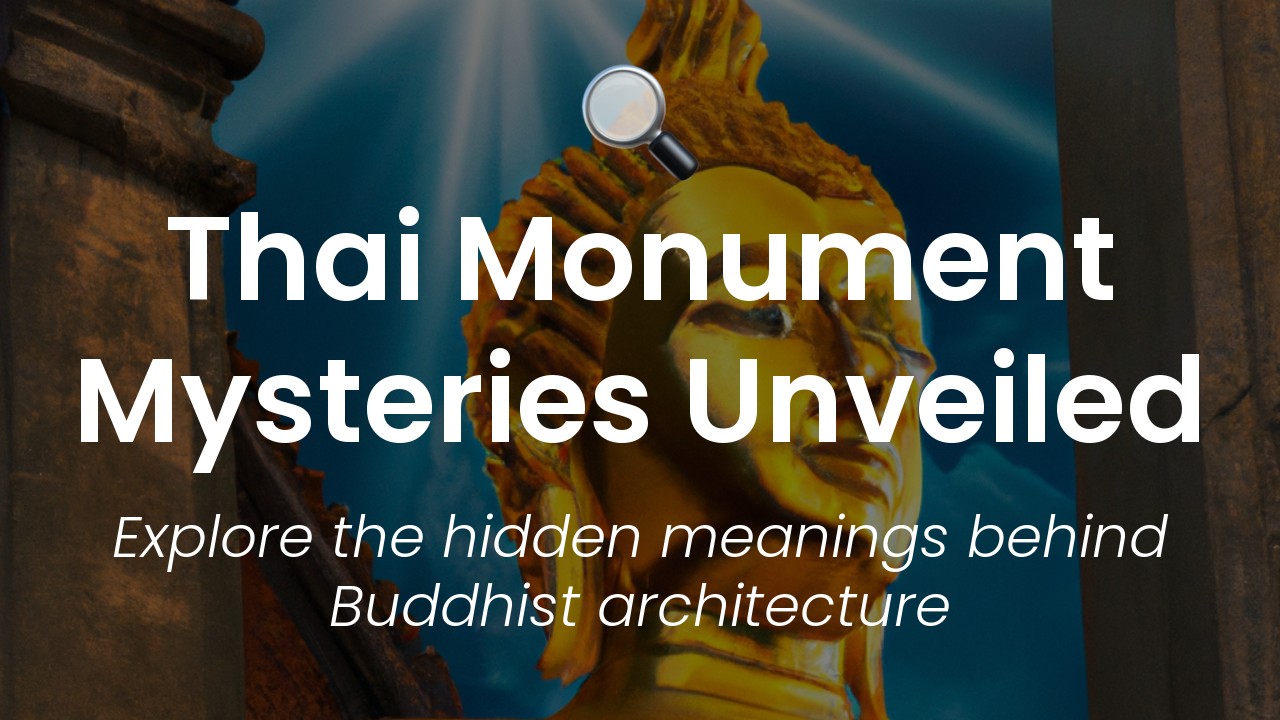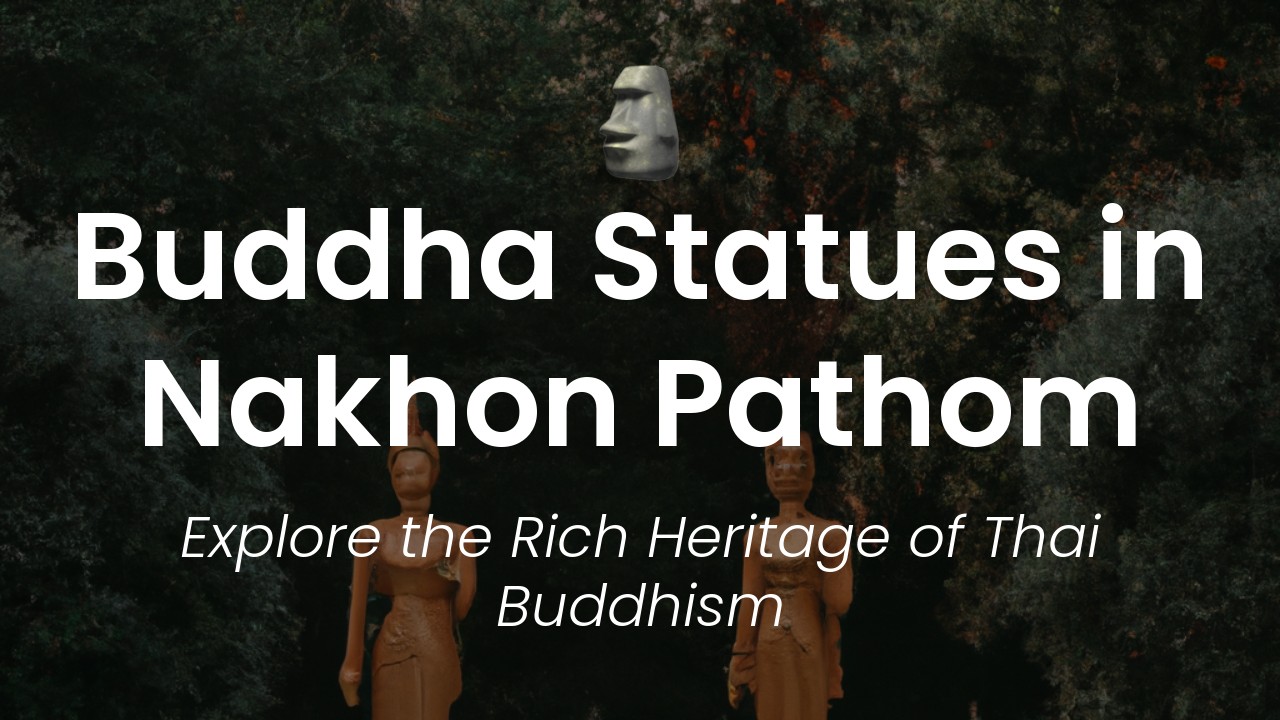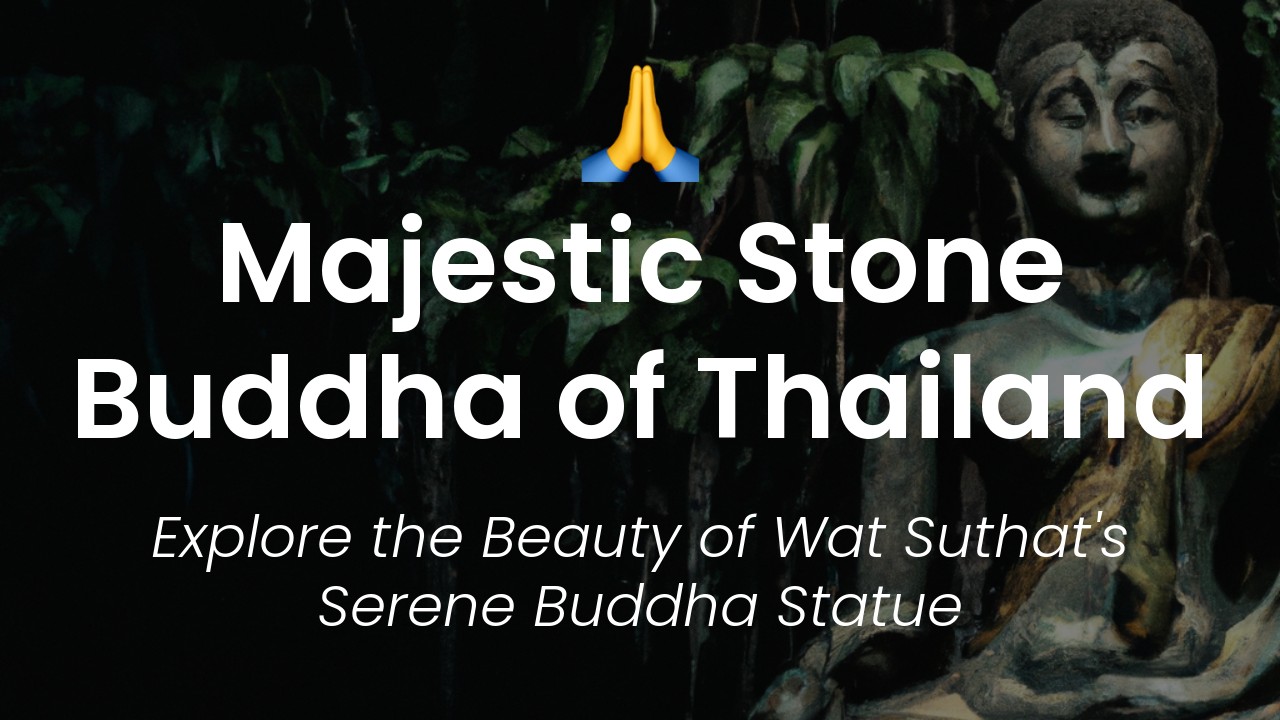As a Thai native and a lover of our country's rich culture, it brings me great pleasure to share with you one of the most stunning hidden gems of Thailand – the Erawan Museum. Located just outside of Bangkok, this museum houses some of the most mesmerizing and culturally significant monuments, each telling age-old tales and fascinating stories that have shaped Thailand's cultural identity.
The Erawan Museum features three magnificent floors of beautifully designed architecture, each dedicated to highlighting different elements of Thai mythology and culture. From the entrance arches marked by the mighty Erawan elephant to stepping inside the museum, this is not just a collection of artifacts but rather an experience that easily transports visitors back in time.
The museum's founder, Lek Viriyaphan, hired some of the best artisans, craftsmen, and sculptors in Thailand to create the stunning and intricate monuments housed inside. He developed the museum to capture the essence of true Thai culture, and each of the exhibits illustrates the country's cultural glory in exquisite detail. If you're looking for a unique and fascinating way to experience the world-renowned Thai hospitality and culture, then this place is a must-visit. So, let me guide you through the hallways of this stunning museum, and be prepared to have your breath taken away.
The Three-Headed Elephant Statue
Welcome to the Erawan Museum in Thailand – a place of enchantment, wonder, and historical significance. The Erawan Museum is located in Samut Prakan, Thailand, and boasts 3 storeys of remarkable Thai art and culture. One of the main attractions of the museum is the awe-inspiring three-headed elephant statue at the entrance.
The three-headed elephant is a symbol of air, water, and earth according to Thai mythology. Magnificent in its size and structure, the statue stands tall at 43 metres and weighs a staggering 150 tonnes. Its magnificent appearance is a testament to the exceptional craftsmanship of Thai artisans.
The Silver Pagoda and Emerald Buddha
Inside the museum, you'll find a breathtaking Silver Pagoda adorned with thousands of silver tiles. The Silver Pagoda is an adaptation of Cambodia's Silver Pagoda, which houses a sacred Buddha statue. In this version, the pagoda serves as a pedestal that showcases Thailand's own holy relic – the Emerald Buddha.
The Emerald Buddha is a highly revered statue that dates back to the 14th century. It is a magnificent sculpture, made of translucent green jade and clothed in gold robes. The Emerald Buddha was brought to Thailand from Laos and is now considered the country's most culturally significant relic.
The Celestial Floor and the Sky Walk
Once you enter the museum's main hall, you'll be greeted by the "Celestial Floor". This hall contains a beautiful sky mural that showcases Thai astrology and mythology. The mural spans across the ceiling and walls, creating a splendid display that immerses visitors in Thai culture.
If you crave a unique perspective of the museum, you'll love the Sky Walk – a spiral staircase that leads to a balcony offering a panoramic view of Samut Prakan. From atop, you can catch a glimpse of the nearby temples and the Chao Phraya River that snakes across the city.
The Underworld and the Crystal Room
The Erawan Museum isn't just about cultural beauty; it's also about the story of the universe. The basement of the museum is dedicated to the Underworld, which reflects the Buddhist concept of hell. Here, you'll find frightening sculptures and dark lighting, which creates an eerie ambiance that depicts sin, punishment, and repentance.
If you're looking for a brighter effect, we recommend a visit to the Crystal Room. Here, you'll see a collection of exquisite crystals that add a touch of class and elegance to the museum. The room is adorned with crystal sculptures, chandeliers, vases, and even a fountain made entirely of sparkling crystals.
The History and Purpose of the Museum
The Erawan Museum was built by Lek Viriyaphant – a prominent businessman, cultural advocate, and art collector. Lek Viriyaphant was inspired to create the museum as a way to educate and promote Thai culture. The museum is a reflection of his lifelong dedication to preserving and sharing Thai heritage with the world.
By building the Erawan Museum, Lek Viriyaphant hoped to inspire a sense of cultural appreciation and pride in the people of Thailand. The museum represents a fusion of traditional Thai art and modern design, creating a space where history, mythology, and art converge.
Tips for Visiting the Erawan Museum
If you're planning to visit the Erawan Museum, here are some tips to help you make the most of your trip:
-
Dress appropriately – since the museum is a sacred site, visitors are expected to dress modestly.
-
Book a guided tour – to fully appreciate the significance of the exhibits, a guided tour is highly recommended.
-
Visit on a weekday – weekends tend to be more crowded, so visiting on a weekday will give you more opportunity to explore the exhibits at your own pace.
- Try the local cuisine – there are many street vendors and restaurants nearby, which offer delicious Thai foods that will entice your palate.
Conclusion
The Erawan Museum is a beautiful, awe-inspiring, and educational attraction that showcases the rich and colourful culture of Thailand. From the three-headed elephant statue to the crystal room, every aspect of the museum is a masterpiece that tells a story of the Thai heritage.
Visiting the Erawan Museum is a must-do for anyone wishing to learn about and experience Thailand's culture. By taking a guided tour, dressing appropriately, and trying local foods, you'll have a memorable trip that will leave you with a greater appreciation for Thai culture. So, make sure you add the Erawan Museum to your travel itinerary and experience the magic!

